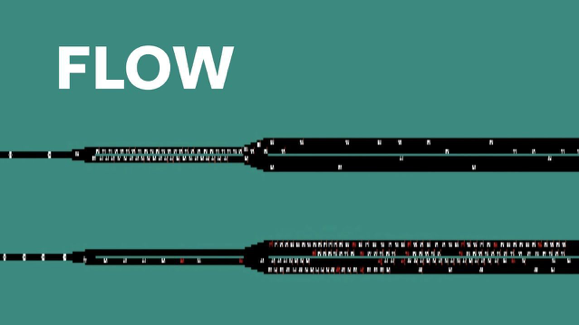By Grace Chen and Vishrut Rana






Say goodbye to rush hour traffic was originally published in Berkeley Master of Engineering on Medium, where people are continuing the conversation by highlighting and responding to this story.








Shires Hall
2451 Ridge Road Berkeley, CA 94709
Mudd Hall
1798 Scenic Avenue Berkeley, CA 94709
(510) 642-0633
funginstitute@berkeley.edu
Copyright © 2024 Accessibility • Nondiscrimination • Privacy • Sitemap
Sign up for our mailing list to receive program news and updates including information sessions, class visits and opportunities to connect with an admissions advisor.

